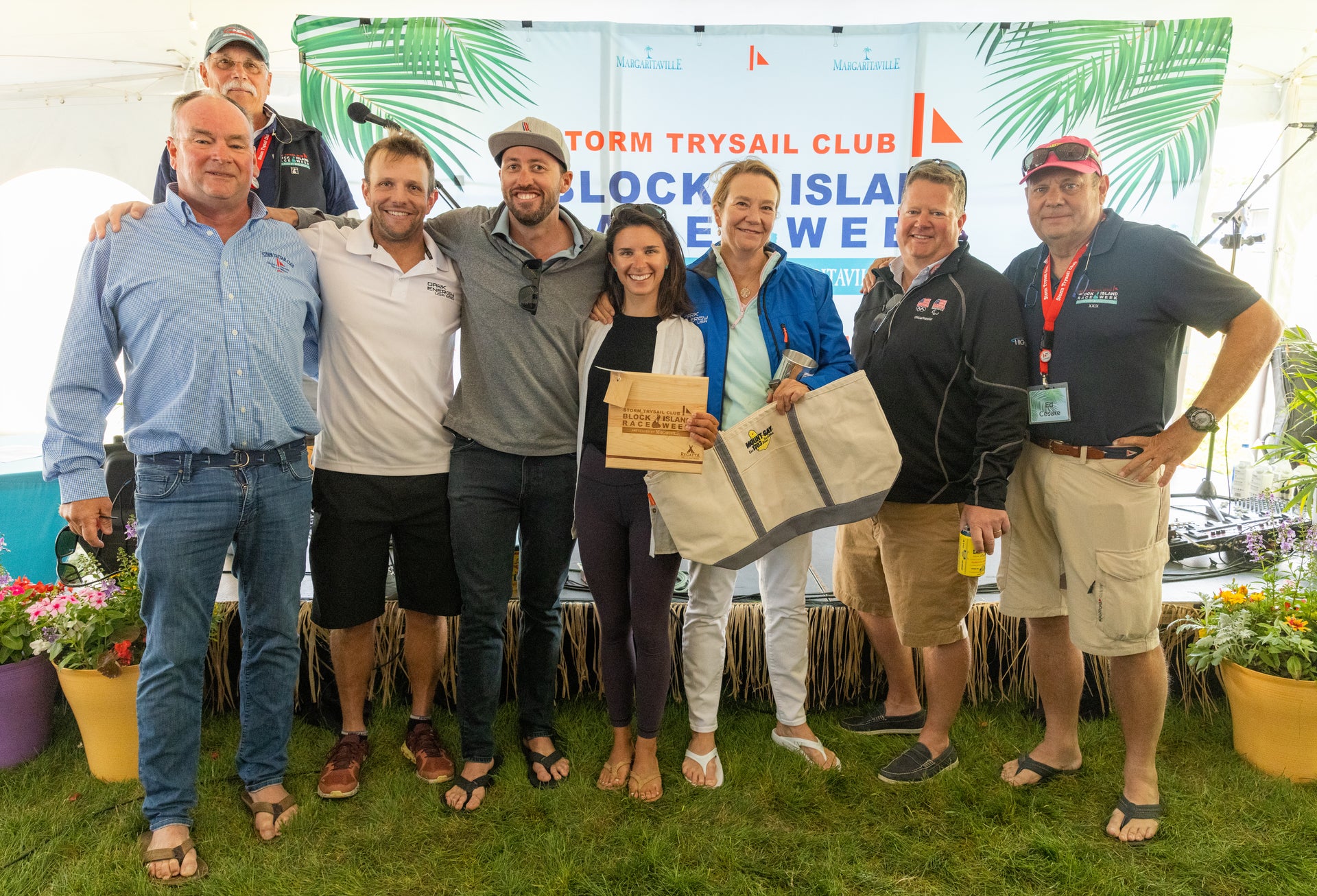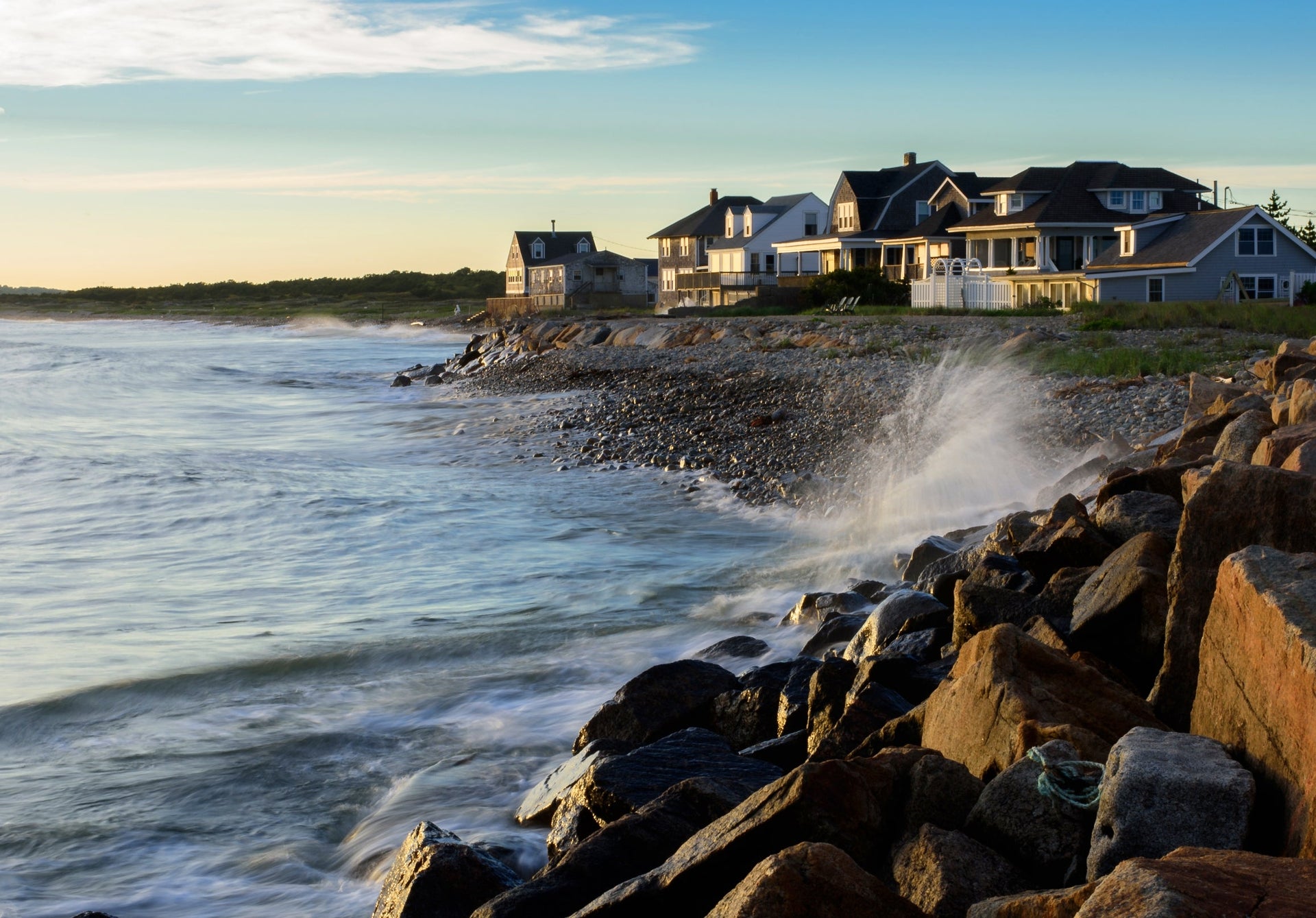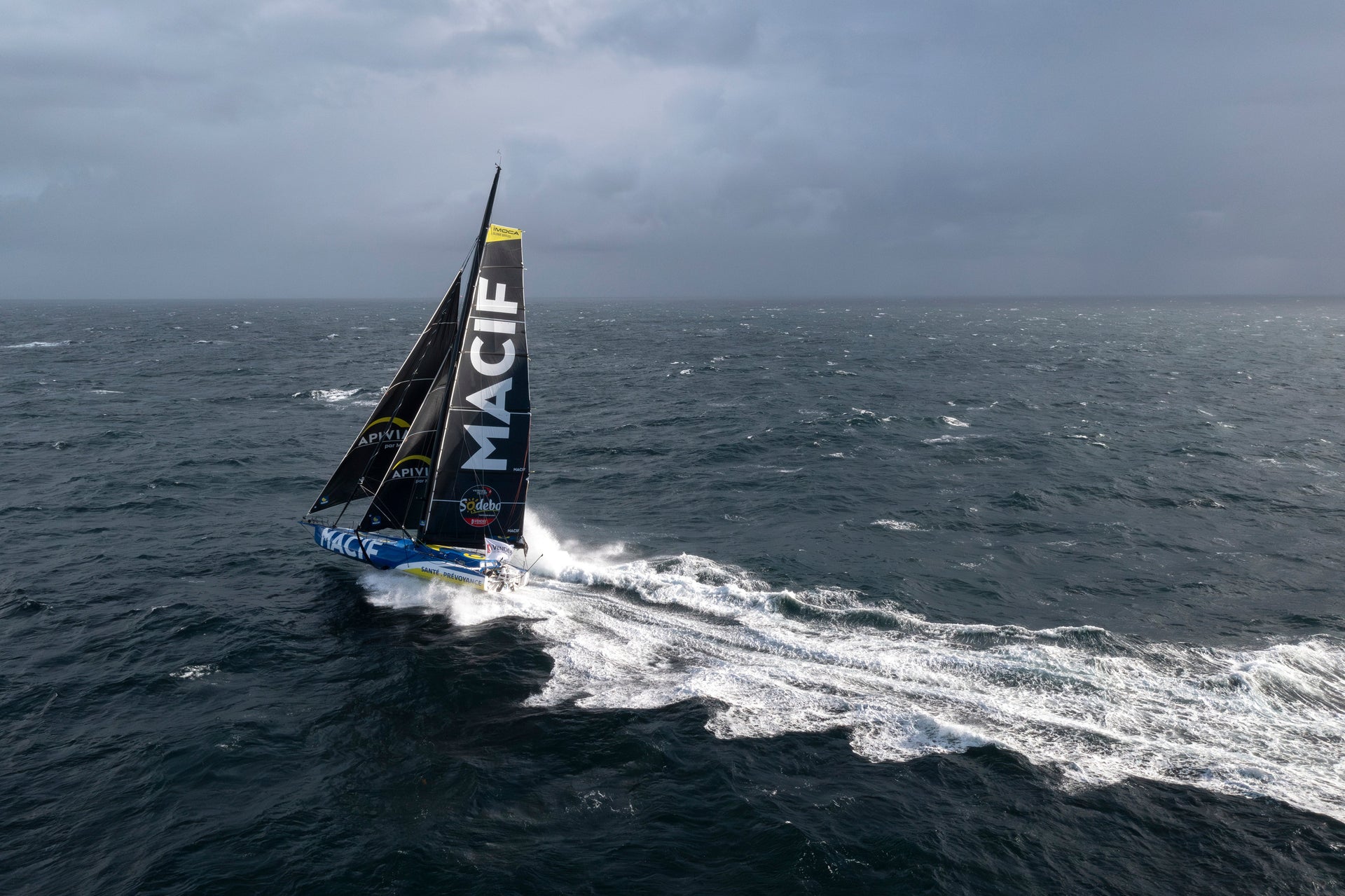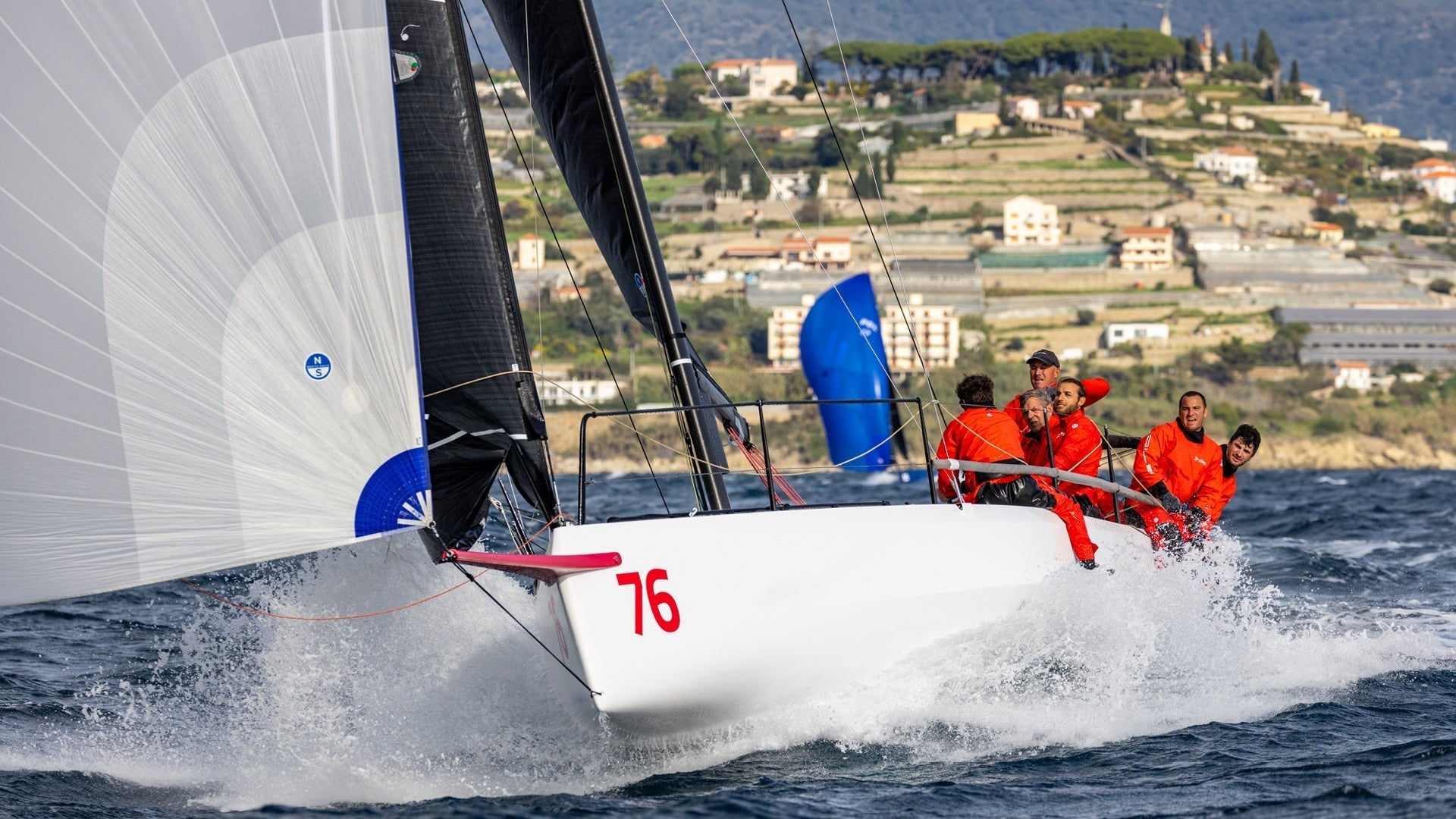DIALED-IN WITH DARK ENERGY
DIALED-IN WITH DARK ENERGY
Smallest Boat at Storm Trysail Club BIRW Makes Waves in PHRF Division
 📸 Storm Trysail Club Block Island Race Week 2021
📸 Storm Trysail Club Block Island Race Week 2021Not every day was easy for the smallest boat, a Melges 24, competing at Storm Trysail Club Block Island Race Week. Still, Laura Grondin's Dark Energy
was well seasoned to take on the PHRF 2 division, which was an exciting change compared to her typical one design fleet race. After six races in her 17-boat fleet, Dark Energy
secured first overall by nine points ahead of second place, Farr 30 Seabiscuit
. "Each day, executing our routine, e.g., practicing maneuvers, checking mast tension, upwind angles, pinging the line, assessing tide and wind, was part of our usual schedule," said Laura. "If we could find another comparable boat, we would've done some boat on boat upwind and downwind speed testing to see how we were going." When things didn't go their way, they didn't look back. "We don't spend a lot of time looking back when things turn south," says Laura. The team stays focused and tries to pass boats on each leg until the very end." On the way in, they go over the highlights of the day to prepare for the next. "We try to make a note of our mistakes and learn from them, but we don't dwell." Taylor Canfield, Dark Energy
tactician, commented, "As the smallest boat in PHRF 2 and the regatta, we had plenty of obstacles. We worked hard to sail in clean air as much as we could. So starting at the boat was key to tack out if needed and not get rolled by some of the 40+ footers. We had some good battles and got put in some tough spots by some of the boats in our fleet but getting away from other boats was always a good way for us to reset during a race if needed." "During BIRW we tried to have a quick chat between races and then also a short talk over dinner," said Taylor. "In handicap racing, you know when things don't go perfectly, but since all the boats are going at different speeds, it is hard to tell when and where the most costly race points were. In contrast, in one design racing, it is undeniable how costly a mistake is because the number of boats that pass you is recognized immediately. At this event, we tried to keep it positive, not always knowing how the previous races went, and talk about our rig and sail set up to make sure we would be fast for the races to come. Race week was a bit different since we did not have any other boats to tune against leading up to racing to ensure our speed and settings were dialed in. That said, we just went through our usual routine of checking in at the committee boat, doing an upwind to have a look at our sail shapes, get compass bearings and tacking angles, and get used to the conditions and sea state for the day. Following the upwind, we go downwind and test the angles and practice a couple of jibes. When we arrive back to the committee boat, we get our line pings and start determining a game plan for the race, where we want to start, what the line bias is, and what the big risks for the day are. The sea state made quite a big difference most days of the event. On the first day of racing, we had pretty large swells, so the difference in wind speed between the crest and trough of the waves was significantly different, so we made sure we were set up to make sure we had enough power in the bottom range. We also had a day where the sea state was much more on the nose on one tack, so making sure the boat was set up more powerful on port tack was necessary." "What my team does well," says Laura, "is that we all have clear roles on the boat, and we stick to our jobs no matter what." It is pretty crucial on the Melges 24 as things can get wild, but Laura and her team do it quite well. Taylor adds, "I think we have done a great job as a team getting off the start line. A lot of this comes down to communication and trust that everyone will do their job as best they can. We have developed a playbook that contains different terms and phrases and what each person should be doing and focused on during that time. For example: "high kill" vs. "high slow." Laura is also great at keeping the boat going well at all times. Her focus and attention to driving the boat is next level and does not go unnoticed when the conditions get hard." Dark Energy
trusts and relies on North Sails. "We have developed a close relationship with North Sails and view North as a key partner to our program and our success," says Laura. "We strive to understand the technology behind our options and make the best choices for our team." Taylor comments, "we use the J-7K jib and AP3K. We use the P-1 spinnaker all the time, which is the flatter of the two available. It has been great working with North Sails in the Melges 24 class
. They have always been open to feedback and are always willing to share thoughts about setups and ways to get faster." North Sails expert John Bowden has been working closely with Laura's team. He commented; "It has been great working with Laura over the last few years. It's exciting to see her improve so dramatically. I think her time on the water with Taylor has been huge as we have seen her sailing not only the Melges 24, but the J/70 and the Melges IC37 as well. Time in the boat is so important and as the International Melges 24 Class President it is great to see her out enjoying the Melges is something other than just strict one design racing. Congrats to her team and I look forward to helping her continue to get stronger in all the classes she races."
 📸 Stephen R Cloutier
📸 Stephen R Cloutier








